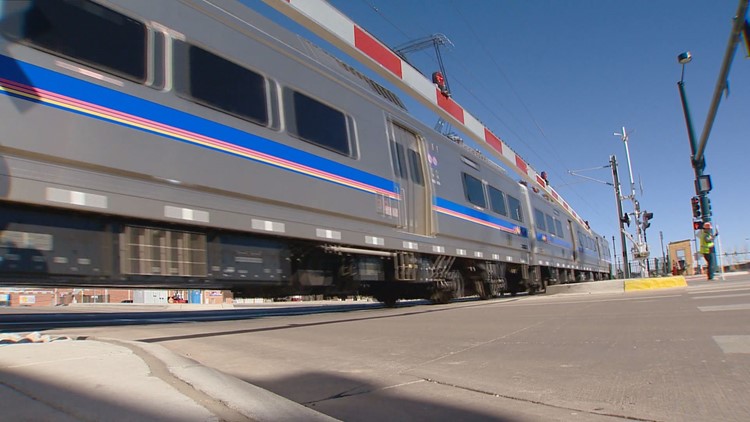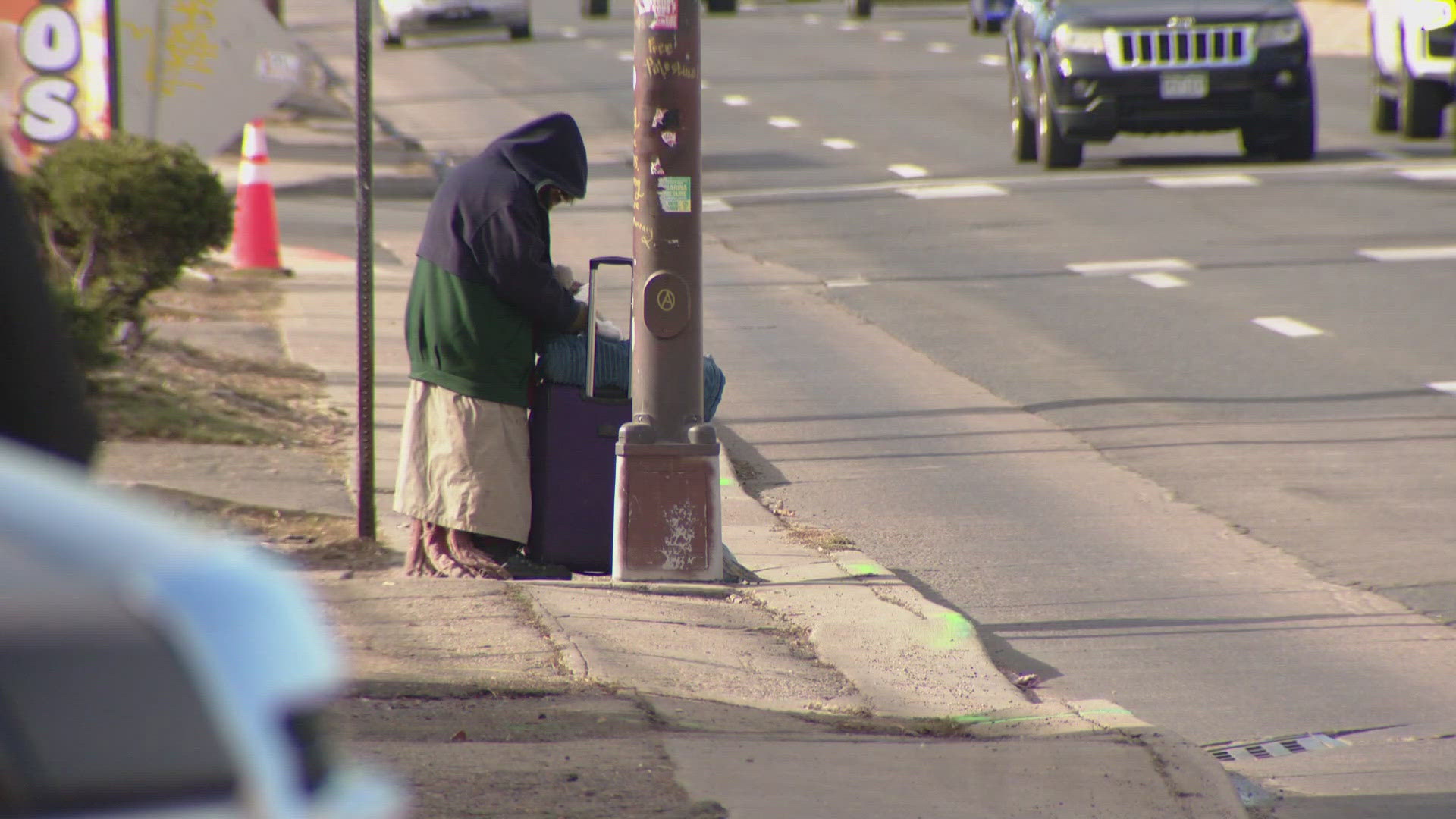Complain as Colorado might about the A Line – its breakdowns, or its crossing problems, or its blaring horns – people in Washington State would be happy with the “train to the plane” on this Monday.
The official cause of the Amtrak crash near Seattle, which left at least three people dead and dozens more hurt, is still under investigation. However, we know the line recently underwent a $181 million renovation to add Positive Train Control (PTC) technology, which might have prevented this crash, if it was activated. According to Amtrak, the system hasn't been initiated on the track.

PTC is the very system RTD’s A Line uses to operate. It's caused long regulatory delays for the train. Because the timing of the crossing gates isn’t quite right, guards must stand at each of the A Line’s intersections. While the FRA has given the A Line the green light, state regulators have not; the horns will continue to sound, much to the dismay of neighbors, until they do.
Many people have written to Next, asking why RTD uses PTC, despite these drawbacks. The reason is Congress made this a federally-mandated system for trains following a crash in California in 2008. PTC, which uses GPS technology, is meant to prevent train derailments caused by excessive speed. It can also prevent collisions, and stop trains from entering work zones where maintenance is happening. You can see a video of how it works here.
“I know of no engineer that would be opposed to positive train control,” Robert Bregent, a train engineer in Washington told 9NEWS’ Seattle sister station, KING5.
KING5 reports that signs near the site of the derailment show the speed limit is 30 mph on that portion of track. KING also writes:
Transitdocs.com, a website that maps Amtrak train locations and speeds using data from the railroad's train tracker app, says Train 501 was going 81.1 mph moments before the derailment Monday. Witnesses said the train was traveling a similar speed when it derailed.
“Unfortunately, this did not have positive train control, which has been mandated by the federal government,” Bregent said. “Positive train control… would have stopped this train, when it exceeded the 30 mph limit.”
VIDEO: Engineer Robert Bregent discusses the safety features that kept the accident from being worse
By law, lines should have PTC in place by Dec. 31, 2018. PTC was originally set to be installed nationally by 2015, but because of budget constraints and issues with the system, that deadline went up to 2018. As of nearly a year ago, 16 percent of freight railroads required to have PTC do have it. That’s true for 24 percent of passenger rails.
“There’s been several major fatal train accidents because positive train control has not been implemented. It is being implemented and it will prevent this type of accident in the future,” Bregent said.
The National Transportation Safety Board is investigating what caused the Amtrak train to derail, and whether speed is the reason.
RTD's A-Line, for all its troubles, was the first line in the country to integrate PTC into construction, rather than crews having to go back and add the technology. RTD says the PTC is functioning correctly. It's the wireless interface with the crossings that's been troublesome.
As of now, the A Line is in limbo. Soon, RTD will be stating its case to the Public Utilities Commission, the state board that can give the A Line official approval. Just before the feds OK’d the train, the PUC said the A Line’s operations were not satisfactory. RTD has another chance now to explain to Colorado why the A Line crossing times are fine as is. At the earliest, that hearing will happen in January.



